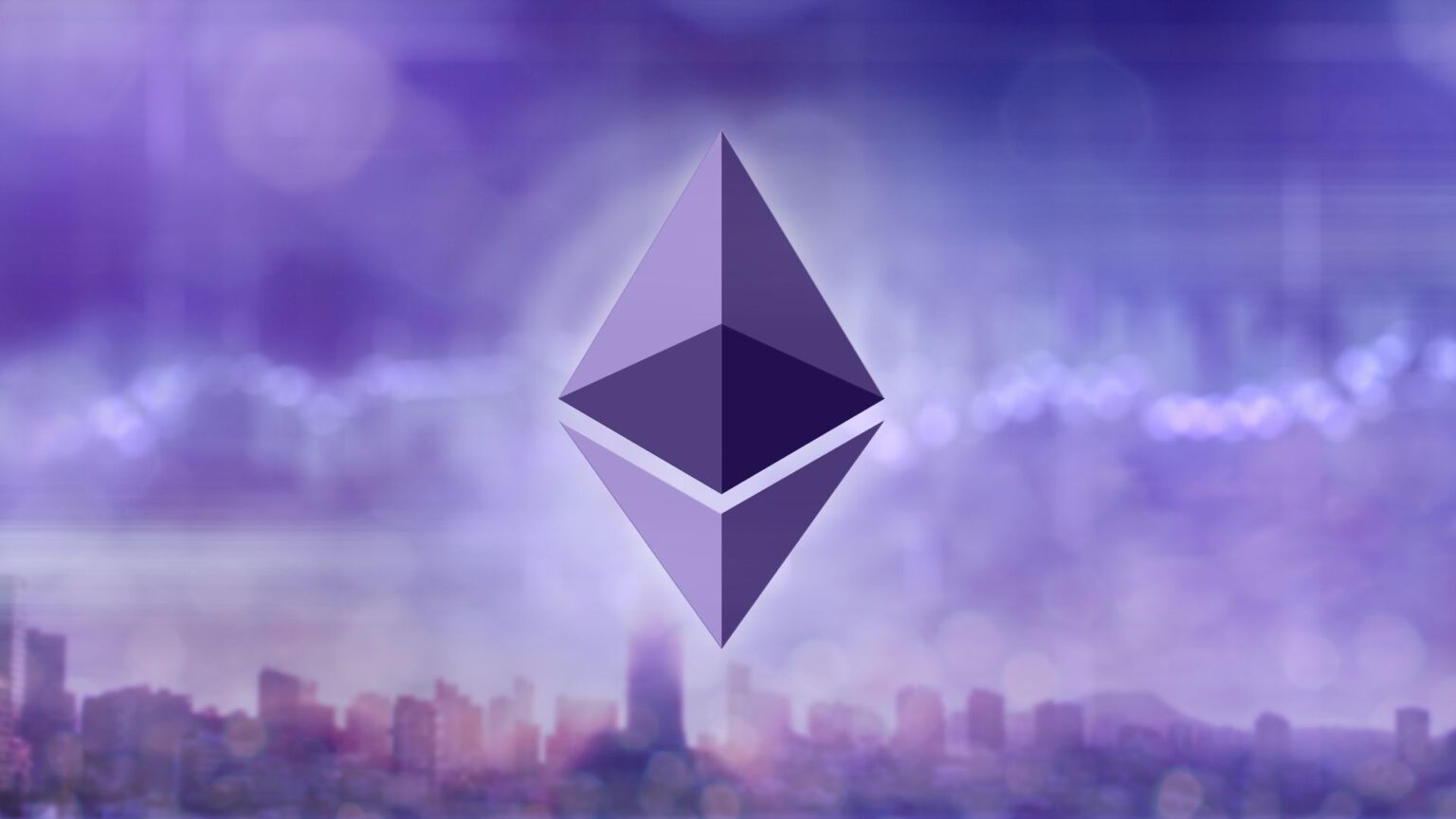Ethereum, once hailed as the leading platform for decentralized applications (dApps) and smart contracts, is facing new challenges that could significantly impact its role as a source of income for users. According to recent reports, the Layer 1 network of Ethereum is no longer generating the income it once did, raising concerns among investors and developers alike. As the crypto market continues to evolve, this development signals a potential shift in how Ethereum and other blockchain networks will be utilized in the future.
The Decline of Ethereum’s Layer 1 Income Generation
Ethereum’s Layer 1 network, which is the core blockchain layer where transactions are validated and executed, has historically been a major source of income for users. This income primarily came from transaction fees, also known as gas fees, which users paid to execute transactions and interact with smart contracts on the Ethereum network. These fees were especially lucrative during periods of high network activity, such as during the 2021 DeFi (Decentralized Finance) boom.
However, recent data indicates that Ethereum’s Layer 1 is no longer generating the same level of income. Several factors contribute to this decline:
- The Rise of Layer 2 Solutions:
Layer 2 solutions like Optimism, Arbitrum, and zkSync have gained popularity as they offer faster and cheaper transactions compared to Ethereum’s Layer 1. These solutions offload a significant portion of the transaction load from the main Ethereum blockchain, reducing the demand for Layer 1 transactions and, consequently, the associated gas fees. - Shifts in Network Activity:
As the Ethereum ecosystem evolves, more activities are migrating away from the Layer 1 network to Layer 2 and other blockchain networks. This migration is driven by users seeking lower transaction costs and faster processing times, which are increasingly available on Layer 2 solutions. - Increased Competition from Other Blockchains:
Ethereum is no longer the only game in town when it comes to smart contract platforms. Competitors like Binance Smart Chain, Solana, and Avalanche are offering similar capabilities with lower fees and higher throughput. As a result, users and developers are exploring these alternatives, further reducing the income generated by Ethereum’s Layer 1 network.
Implications for Ethereum Investors
For Ethereum investors, the decline in income generation from the Layer 1 network is a significant development. It could signal a shift in how Ethereum is valued and utilized in the broader cryptocurrency ecosystem. Investors who once relied on Ethereum’s transaction fees as a source of passive income may need to reassess their strategies.
Moreover, the rise of Layer 2 solutions and other competing blockchains could lead to a more fragmented market, where no single platform dominates. This fragmentation could create both risks and opportunities for investors, as the market adapts to new technologies and use cases.
What’s Next for Ethereum?
Despite these challenges, Ethereum remains a critical player in the blockchain space. The ongoing transition to Ethereum 2.0, which aims to address scalability and sustainability issues, could revitalize the Layer 1 network by reducing energy consumption and increasing transaction throughput. Additionally, the continued growth of decentralized finance (DeFi), non-fungible tokens (NFTs), and other blockchain-based applications ensures that Ethereum will remain relevant in the long term.
Investors should keep a close eye on these developments and consider how they might impact the broader market. As the landscape continues to evolve, flexibility and adaptability will be key to navigating the changes.
Final Thoughts
Ethereum’s current challenges with its Layer 1 network reflect the broader shifts occurring in the blockchain industry. While the decline in income generation is notable, it’s essential to view this development in the context of the ongoing evolution of the crypto market. Investors who stay informed and adapt to these changes will be better positioned to take advantage of new opportunities as they arise.
🚀 Looking to stay ahead of the crypto market? Join the EPIQ Trading Floor today for real-time insights, expert analysis, and a comprehensive trading toolkit. Start your 3-day risk-free trial now! Click here to get started.
Disclaimer: All content provided in this blog is for informational purposes only and should not be considered financial advice. Always do your own research before making any investment decisions.










Responses